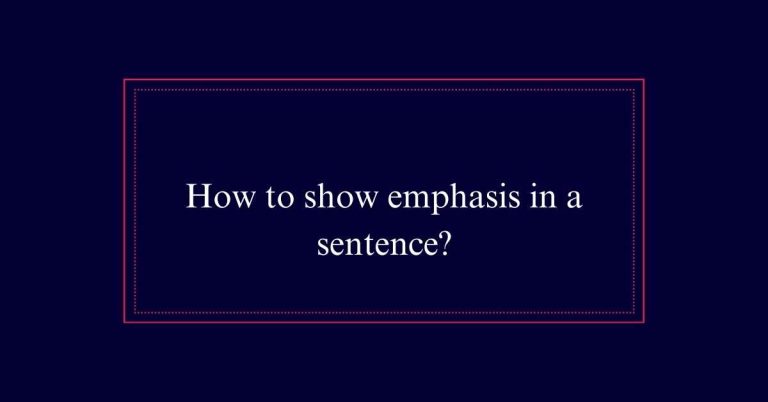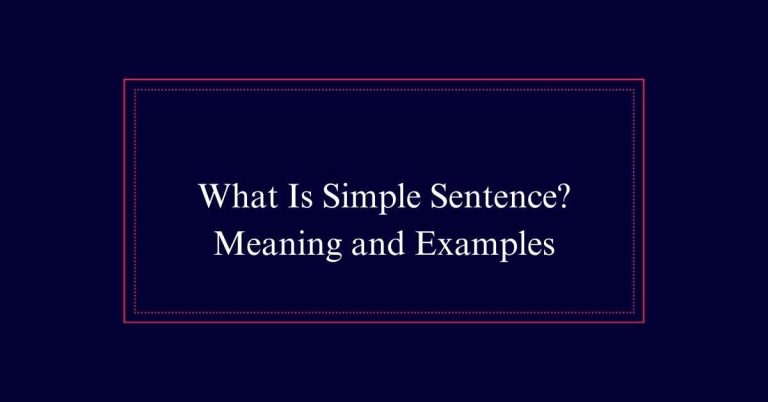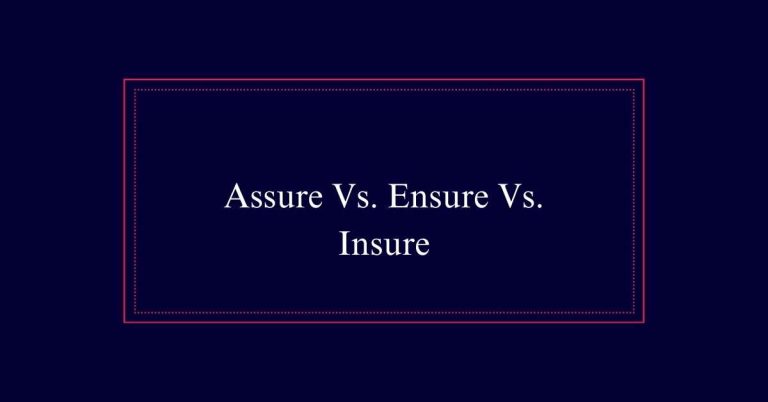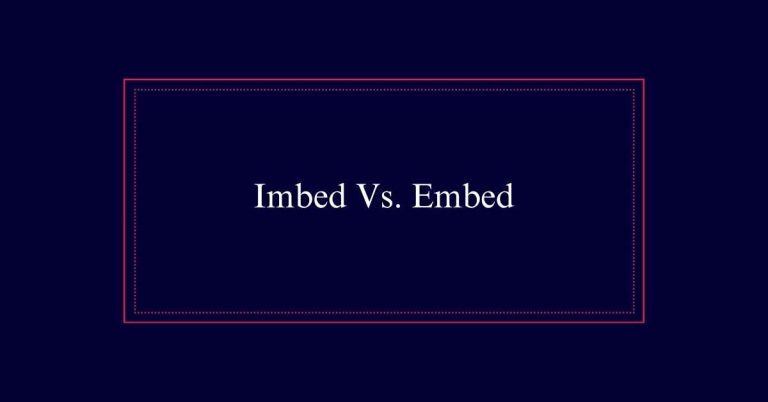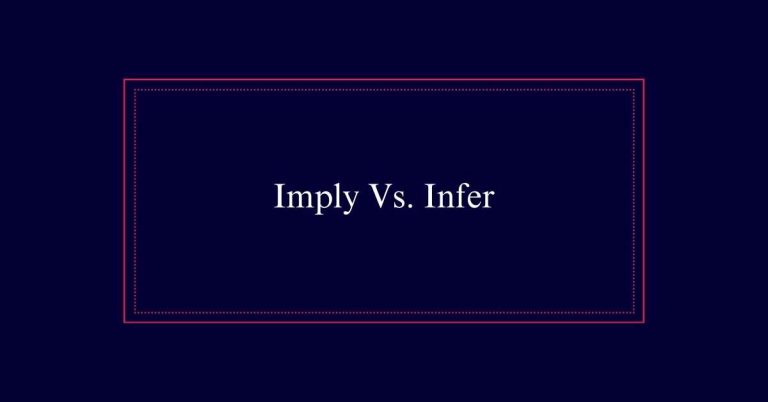How to Write a Story Plot?
Creating a compelling story plot involves understanding its key elements: beginning, middle, and end, supported by an inciting incident, climax, and resolution. Start by brainstorming key themes and identifying main conflicts and characters. Outline your plot by summarizing the story in a few sentences and arranging main events in sequence. Pay close attention to character motivations and conflicts to guarantee coherence.
Understanding Story Plot
A story plot is the essential sequence of events that propels the narrative forward. It is one of the five vital elements of a story, alongside theme, character, setting, and conflict.
The plot provides the framework that supports and organizes the entire narrative. It guarantees that characters have purpose and that conflicts drive the story. A plot consists of a beginning, middle, and end, along with specific points such as the inciting incident, climax, and resolution.
Key elements of a plot include character, causation, and conflict. Each of these components is critical for creating an engaging and cohesive story.
Importance of Plot
The plot serves as the backbone of any story, providing structure and direction. It guarantees that events are organized in a coherent manner, guiding the narrative from beginning to end. A well-crafted plot engages readers, making them invested in the characters’ journeys and the unfolding events. It also establishes the stakes and conflicts, creating tension and driving the story forward. Without a solid plot, stories can become aimless and lose their impact.
| Element | Description |
|---|---|
| Structure | Organizes the story’s events |
| Engagement | Captures reader interest |
| Direction | Guides narrative flow |
| Conflict | Creates tension and stakes |
| Resolution | Provides satisfying conclusion |
Brainstorming Your Plot
Before diving into writing, brainstorming your plot is an essential step to organize your thoughts and focus your narrative. Start by jotting down key themes and ideas you want to explore.
Think about the main conflict and how it will drive your story forward. Identify your main characters and their motivations. Consider different plot types, such as quests or comedies, to see which fits best. Play with ‘what-if’ scenarios to spark creativity.
Write down potential plot points and events in no particular order. This process helps you see the bigger picture and discover connections.
Creating a Plot Outline
Developing a plot outline is an essential step in transforming your story ideas into a structured narrative. Start by summarizing your story in a few sentences. Identify the main events and arrange them in a logical sequence. Consider the key moments that will drive your plot forward. Outline major scenes and note where each occurs in the story arc.
Confirm that each scene has a purpose, whether it introduces a character, advances the plot, or builds tension. Keep track of character motivations and conflicts. A clear outline helps maintain focus during writing and guarantees a coherent, engaging plot.
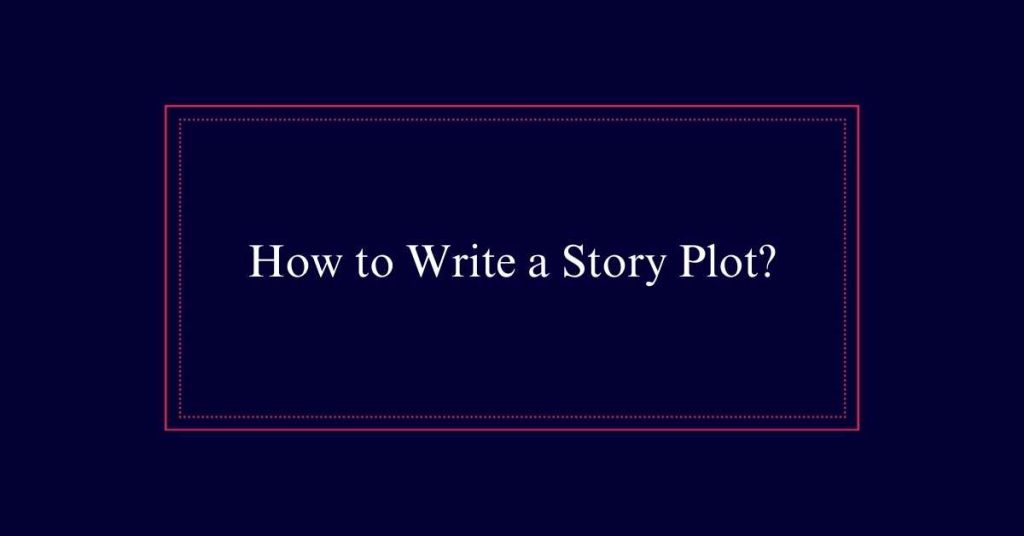
Basic Plot Structure
After crafting a detailed plot outline, it’s important to understand the fundamental components of a basic plot structure. This structure provides a roadmap to guarantee your story remains coherent and engaging.
The basic plot structure typically includes:
- Exposition: Introduces the setting, characters, and initial situation.
- Rising Action: Develops the main conflict through a series of events and challenges.
- Climax: The turning point or most intense moment of the story.
- Resolution: Concludes the story and resolves remaining conflicts.
Key Plot Elements
A compelling plot is built on essential elements that guarantee the story remains engaging and cohesive.
The three key elements of a plot are character, causation, and conflict. Characters are the heart of the story, driving the narrative forward.
Causation secures that each event leads logically to the next, creating a seamless flow of action. Conflict introduces challenges that the characters must face, adding tension and stakes to the story.
These elements work together to create a dynamic and engaging plot. Without them, a story risks becoming disjointed and uninteresting.
Character and Causation
Understanding the relationship between character and causation is fundamental to crafting a compelling story plot. Characters drive the plot, while causation guarantees the story progresses logically. When characters act, they set off a chain of events that shapes the narrative.
Consider these key points to visualize the connection:
- Motivation: Why does the character act?
- Action: What does the character do?
- Consequence: What happens as a result?
- Evolution: How does the character change?
Conflict in Plots
Conflict is the driving force that propels a plot forward and keeps readers engaged. It introduces obstacles and challenges that characters must overcome. This struggle creates tension and interest, making the narrative compelling.
Conflict can be internal, such as a character grappling with their own emotions or beliefs. It can also be external, involving outside forces like antagonists, society, or nature. Effective conflicts are integral to the plot, directly impacting character decisions and actions. They should be believable and relatable, reflecting real-life dilemmas.
Plot Examples
Numerous plot examples can illustrate how different narratives are structured and executed. These examples help writers understand how to create engaging and dynamic stories.
Here are a few classic plot types:
- Voyage and Return: A character sets out on a journey into an unknown place and returns changed.
- Comedy: Protagonists triumph over challenges after facing complicated circumstances.
- Overcoming the Monster: Characters conquer a formidable monster or obstacle.
- Quest: Characters undertake a journey to achieve a specific goal or find something valuable.
Standard Plot Structures
Standard plot structures provide a blueprint for crafting stories, ensuring that narratives are cohesive and engaging. These structures, such as the ‘Hero’s Journey’ or the ‘Three-Act Structure,’ guide the progression of events.
Each plot structure typically includes a beginning, middle, and end, along with critical components like the inciting incident, climax, and resolution. The ‘Hero’s Journey,’ for example, involves a hero facing trials and returning transformed. The ‘Three-Act Structure’ divides the story into setup, confrontation, and resolution.
Using these standard frameworks, writers can create stories that resonate with audiences. They offer a reliable way to develop characters, build tension, and resolve conflicts, making the narrative both compelling and satisfying.

